Staking cardano is an easy way to earn a passive income from holding crypto. There are different ways you can start staking ADA, and we’ve done all the research for you.
Here, you’ll learn everything you need to know about staking cardano, earning ADA rewards, and all the other nitty-gritties around ADA staking.
In this guide:
- Cardano’s ecosystem
- Cardano’s proof-of-stake
- The hard fork history
- Smart contracts on Cardano
- Cardano’s price
- What is cardano staking?
- Stake Pool Operators (SPOs)
- Cardano’s delegators setup
- Staking ADA benefits: Why stake cardano?
- Earning a passive income with Cardano
- Keep the Cardano network decentralized
- What are the drawbacks of staking ADA?
- Saturated staking pools
- Staking pool fees
- How to stake cardano?
- Staking cardano on Yoroi Wallet
- Staking cardano on Daedalus wallet
- Staking cardano on Binance
- Earning passive income through staking
Cardano’s ecosystem
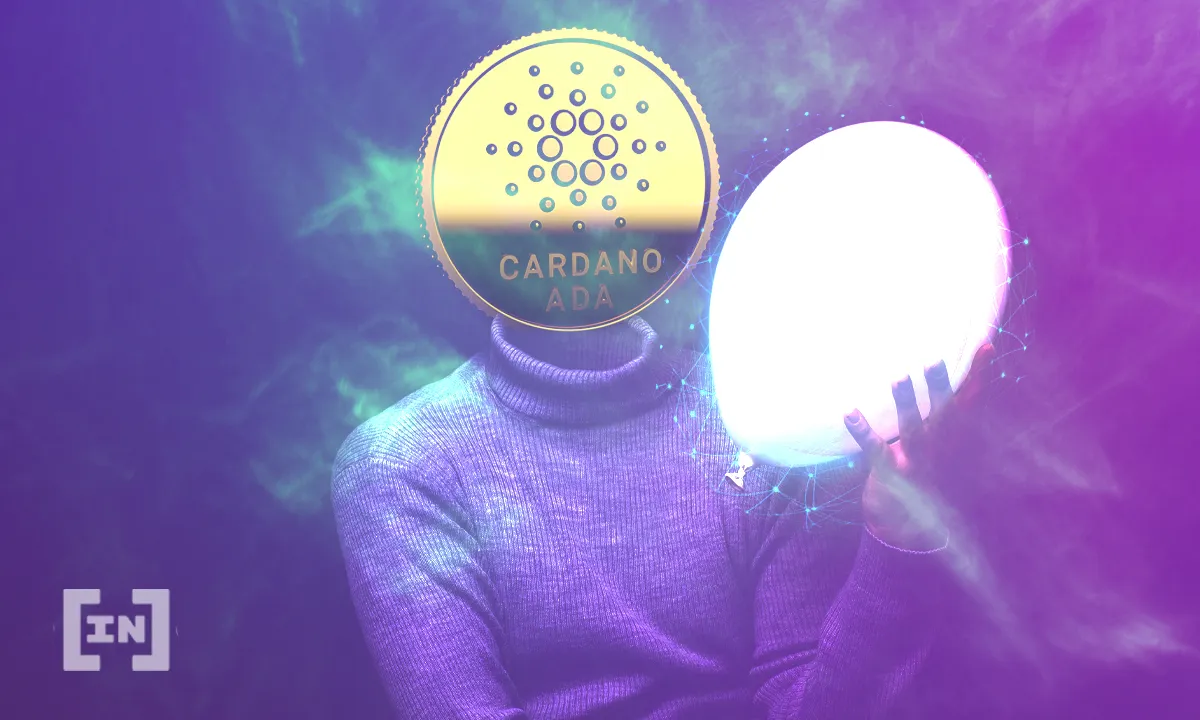
Launched in 2017, Cardano is an open-source blockchain used to create smart contracts and develop decentralized applications (DApps). Charles Hoskinson is Cardano’s creator, and he is also the co-creator of Ethereum.
Cardano achieves consensus through the proof-of-Stake (PoS) mechanism. This allows users to stake cardano and earn a passive interest in the network’s native cryptocurrency, ADA.
The platform enables quick processing times compared to its main competitor, Ethereum. This is because the network is the first peer-reviewed blockchain.
ADA, the native asset, helps fulfil the PoS consensus mechanism of the network through a process called staking. This process validates and secures the Cardano blockchain.
Considering the high transaction speed and accessibility, Cardano’s ecosystem is growing every day. You can find ADA on most cryptocurrency exchanges, including Binance U.S, Coinbase, and Kraken.
Cardano’s proof-of-stake
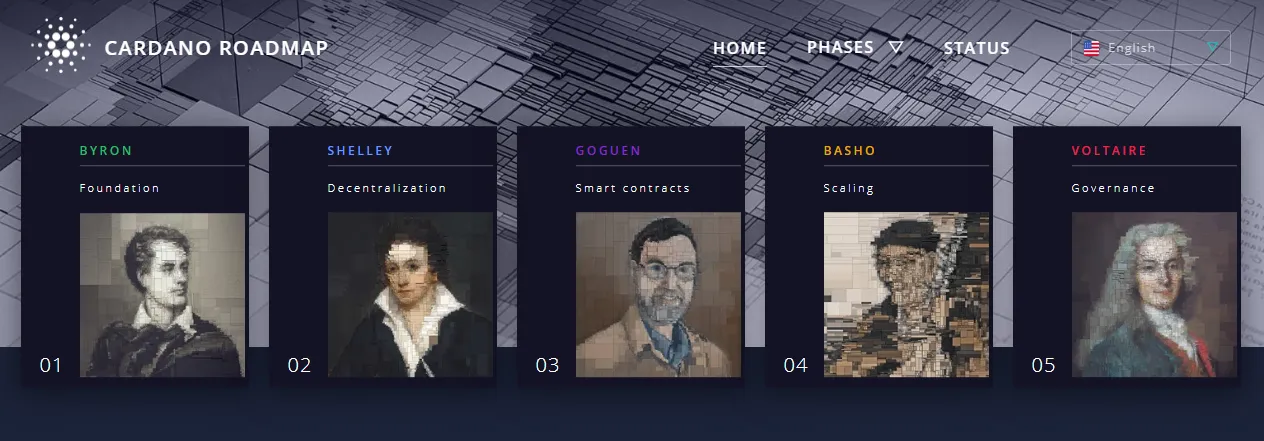
The PoS mechanism is an alternative to the more famous proof-of-work (PoW) mechanism used by Bitcoin. PoS helps maintain network integrity by validating the transactions and blocks. The PoW requires a large amount of computational power and electricity to carry on with the network. Each block needs to be validated through a complicated mathematical problem. Unfortunately, it has gotten to the point where scaling is almost impossible.
Unlike PoW, PoS requires certain validators to stake cardano to help validate transactions. By doing so, validators who staked their crypto also earn an incentive, and that’s how the network functions.
The PoS mechanism saves more electricity, has a higher transaction speed, and makes Cardano an eco-friendly blockchain.
The PoS mechanism used by Cardano is called the Ouroboros algorithm. The system rewards validators of the network. Ouroboros uses technology and a mathematical mechanism, that relies on behavioral psychology and economic philosophy, to establish a sustainable blockchain. Thus, Cardano benefits from global propagation and a permissionless network with low-energy requirements.
The Cardano roadmap is designed into six different eras, as follows:
- Byron: Users can buy and sell ADA, the network’s native token.
- Shelly: Users are incentivized to set up their own nodes and help decentralize the network, by mining ADA.
- Goguen: Developers are allowed to create decentralized applications (DApps) on Cardano using smart contracts.
- Basho: Enables the Cardano network to scale up and introduces side chains.
- Voltaire: A self-sustaining governance system is set by a voting and treasury system. Users can stake cardano to influence the future of the network.
Cardano has reached the Goguen era, which introduces smart contracts and allows DApps. Additionally, it permits multi-currency ledgers and the creation of new digital assets, such as NFTs.
All development updates are announced on the roadmap status update page.
The hard fork history
Cardano makes good use of hard forks as part of its development process. Cardano uses a “hard fork combinator” to run two different protocols, of two different eras, on the same ledger. This ensures a smooth transition from one development stage to the next.
Allegra hard fork was started on December 16, 2020, during epoch 236: It prepared the network for the on-chain voting features, which requires users to lock their tokens. This feature will be rolled out in the final development stage, called Voltaire.
Mary hard fork started on March 1, 2021, during epoch 251: The Mary hard fork allowed the ledger to support future tokens created on Cardano, alongside ADA.
Alonzo hard fork started during epoch 290, on September 12, 2021: Alonzo will allow the development of DEXs (decentralized crypto exchanges), NFTs, and oracles. The latter is especially important as it allows the collection of external data to be used to trigger smart contracts.
/Related
MORE ARTICLES
Best Christmas Crypto Promotions in 2022
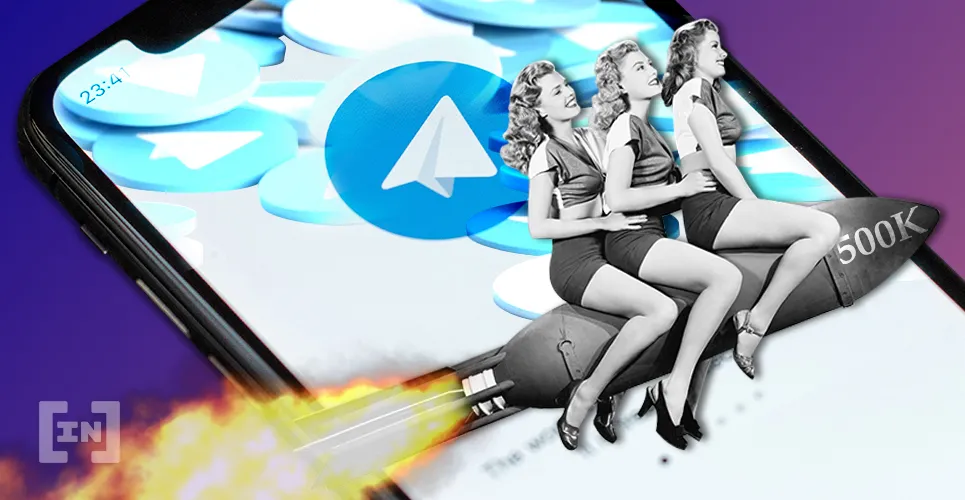
Top 10 Telegram Channels for Crypto Signals in 2022
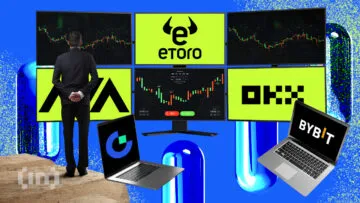
9 Best Crypto Exchanges for Beginners
Copy Trading: A Definitive Guide for Beginners (2022)
What Is the Crypto Fear and Greed Index?
Top 7 Crypto Debit Cards in Europe
How To Make Money With Bitcoin in 2022: 9 Proven Methods
Web3 Jobs: How to Get a Job in Crypto Sector
Who Owns the Most Bitcoin in 2022?
Smart contracts on Cardano

Smart contracts are the core feature of any programmable blockchain, and it allows the development of decentralized applications (DApps). The Cardano blockchain can support smart contracts and DApps after the Alonzo hard fork, which took place in September 2021.
With the release of the smart contracts functionality on Cardano, the network is an adequate environment for DeFi projects. According to the network’s founder, Charles Hoskinson, Cardano was built for interoperability. The network aims to keep its decentralization through user governance. It will also offer multi-chain support and cost predictability.
Cardano’s ecosystem will soon expand, with new projects to launch on the platform, including GREED, Liqwid, SingularityNET, and Cardax.
Cardano is set to become an alternative to Ethereum, and DeFi developers might choose it for its lower transaction fees.
Cardano’s price
Cardano was launched in October 2017, ADA’s price was around $0.02. Since then, cardano’s price reached an all time high ($3.10) on September 2, 2021. The price increased over 15400% in three years.
Since July 2021, cardano’s price saw a huge 170% increase, which was probably hyped up by the recent development news. Since the Alonzo hard fork, the price of ADA sunk by about 20%. Ten days after Alonzo rolled out, the price of ADA got to $2.12, and it’s the 4th crypto by market capitalization.
What is cardano staking?

Staking on Cardano is the verification mechanism used by the PoS consensus, an alternative method for earning crypto. Cardano investors can stake ADA to validate transactions and keep the network decentralized, for which they are rewarded in ADA. Staking cardano can be used as a method to earn passive income.
ADA holders can earn by delegating tokens to a stake pool, run by someone else, or by running their own. The consensus mechanism used by Cardano is the Ouroboros protocol, which consists of stake pool operators (SPOs) and delegators.
The Ouroboros protocol chooses what validator should add the next block on the blockchain-based on the amount of stake delegated to a given pool. Whoever is chosen to validate the block, received the incentive, in the form of ADA.
The more a pool stakes, the more likely it is that it will be chosen to validate the block and receive the reward. The incentives received are split with those who delegated their stake in that pool, according to the amount each delegated.
Stake Pool Operators (SPOs)
The network’s stake pool operators are giving the community full control over Cardano’s blockchain, ensuring decentralization.
Stake pool operators (SPOs) are used to create efficient and reliable decentralized connections between the network’s nodes. SPOs increase efficiency by supporting automatic node communications.
SPOs act as the nodes of the network and help validate transactions. A certain SPO is chosen to validate the next block based on the amount of ADA staked in their pool.
Anyone is free to operate a stake pool, but it will require more advanced skills, such as development and operations experience and server operation and maintenance skills. The instructions for installing a stake pool operator script (SPOS) can be found here.
Those operating the pool charge a fee, taken from the ADA received when validating a new block on the network. Luckily, ADA can be delegated to others’ staking pools. That’s how all Cardano users can contribute to the development of the network.
Cardano’s delegators setup
Delegation is easy and can be done by anyone who owns ADA. Users can delegate their stake by joining a stake pool on Cardano. Their incentives are proportional to the amount of stake delegated. When delegating ADA to a certain staking pool, you are increasing the chances of that pool to be elected to validate the next node and thus receive the reward. The rewards, often called incentives, are split between the SPO and the delegators.
Cardano users can delegate their stake using Daedalus, a full-node wallet, or Yoroi, a browser-based wallet.
Staking ADA benefits: Why stake cardano?
Two large benefits for staking cardano are passive income and network decentralization. Staking ADA is a great way to earn interest on your crypto holdings. When staking cardano, you only need to specify the Cardano wallet address you want to use for staking, but your ADA can be freely used.
Earning a passive income with Cardano
ADA holders can earn passive income by delegating ADA to a stake pool or by operating their own stake pool. If you hold a lot of ADA, and possess the skills to launch a pool, consider doing so. It would make sense to create a private stake pool and not share the rewards with others.
Holders with smaller amounts of ADA can earn a passive income on Cardano by staking their funds to a public staking pool, which usually retains a fee from the reward received by the staking pool.
How much can you earn by staking cardano?
The more ADA you stake, the more coins you receive as a reward. Depending on the staking pool you choose and how you stake cardano, you can expect to earn anywhere between 1.9% to over 7% APY (annual rewards yield).
Keep the Cardano network decentralized
Assuming you are truly interested in the network’s development, staking cardano helps keep the network decentralized and impenetrable by an attack or double-spending.
That’s why Cardano’s staking pools are rather small, to prevent a single pool from taking over and controlling the blockchain.
What are the drawbacks of staking ADA?
Unlike other PoS blockchains, Cardano doesn’t have any real drawbacks when it comes to staking ADA. But you should know about how and where to stake cardano.
Staking cardano translates to staking funds from a certain Cardano wallet. Your only risk to losing access to that wallet, in case you lose your seed phrase.
If you’re using the Daedalus or Yoroi crypto wallets to stake cardano, your funds will stay in your wallet, as you only delegate the power of your wallet’s balance to the staking pool.
Indeed, staking ADA is a way to get an interest in holding crypto, but there are a few things to keep in mind.
Saturated staking pools
The point of staking cardano and having multiple staking pools from all over the world is to keep the network decentralized. Having a staking pool to which everyone wants to send their stake would compromise that very principle. That’s why there is a delegation criterion, after which a pool cannot receive any higher rewards for more delegations. If a larger stake were delegated to that staking pool, the rewards of each delegator would be reduced.
The delegation criterion is calculated following the total circulating supply/nOpt.
Delegating to a pool close to the saturation point sounds optimal, but there is a chance that it can become oversaturated, which will decrease the rewards. This is a criterion when choosing a staking pool.
It would be ideal to stake cardano in a pool with 70% saturation.
Staking pool fees
Delegating your stake to a public staking pool will incur a fee deducted from the reward. It might not sound fair to you, but imagine that the SPO managing that staking pool has other costs to maintain that pool, such as server maintenance, availability, and security.
It’s important to remember that the fee will be retained from the pool’s reward, before it is distributed to the delegators.
As a delegator, here is what you should pay attention to when deciding to stake cardano:
- Pool pledge: This is similar to a promise of the pool’s owner to maintain the pool. IOHK has a staking calculator on which you can see the different rewards for different pledge parameters.
- Pool fixed costs.
- Pool margin.: The rewards that a pool can make from the total rewards pot in the form of a percentage.
- Performance: How much a pool thinks it will make versus how much it actually makes.
- Wallet ranking.
How to stake cardano?
You can stake cardano directly from a wallet or a cryptocurrency exchange that supports staking. We’ll cover three ways you can start staking cardano immediately, providing all the necessary steps for each ADA staking method.
Please note that you will be required to hold ADA within that particular crypto wallet or exchange before you can start staking your coins.
The most popular ways to stake cardano are using the Daedalus wallet, Yoroi wallet, and Binance crypto exchange. There are quite a few shady wallets that claim to help you to stake cardano, and that’s why you should go directly to their website to download the wallets for staking cardano.
Staking cardano on Yoroi Wallet
Yoroi is a browser extension crypto wallet that runs on Chrome, Edge, and Firefox, besides Android and iOS. Designed for beginners, it allows you to stake ADA as a delegator.
Step 1: Download Yoroi wallet. Make sure to use the official Yoroi website.
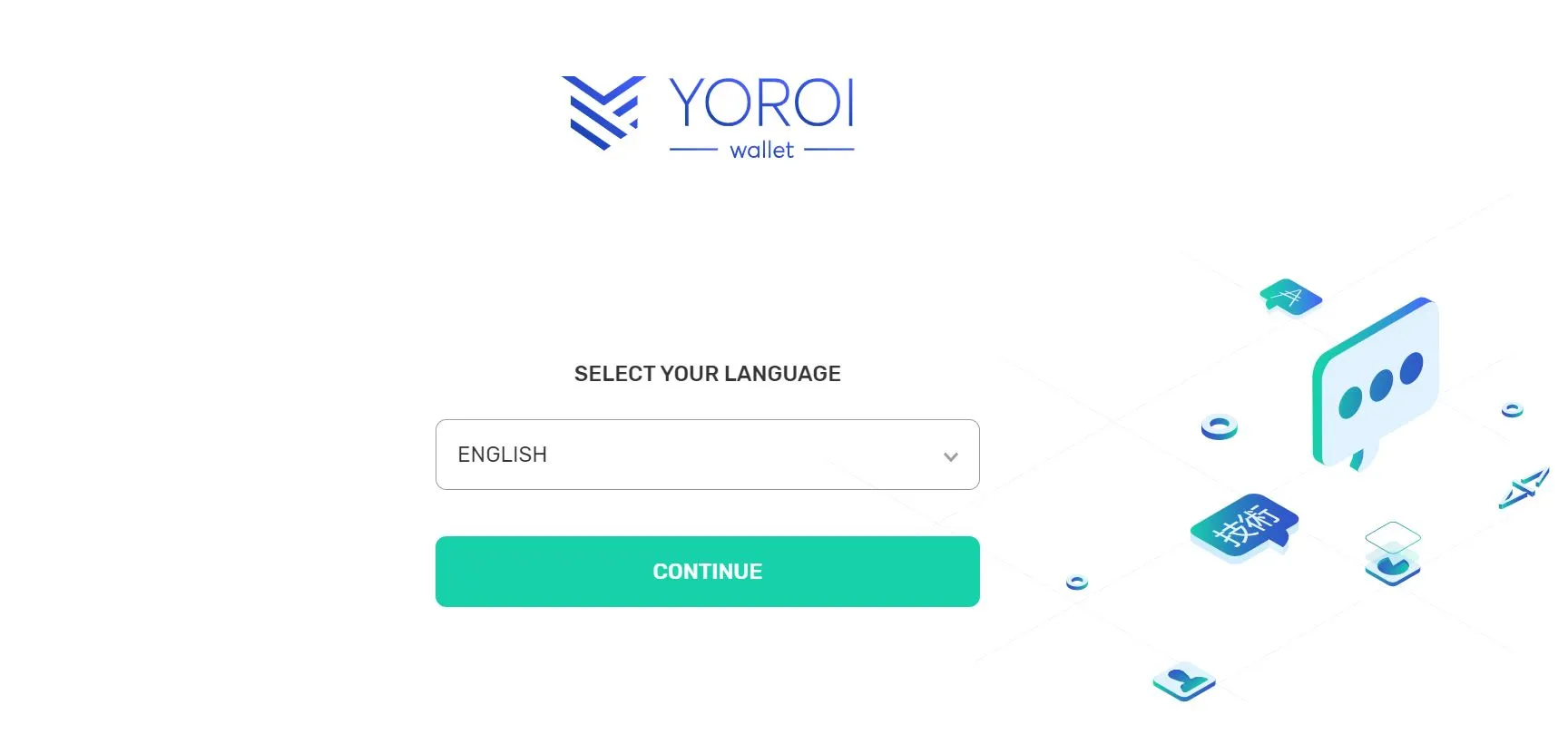
Step 2: You can choose to allow Cardano payment URLs.
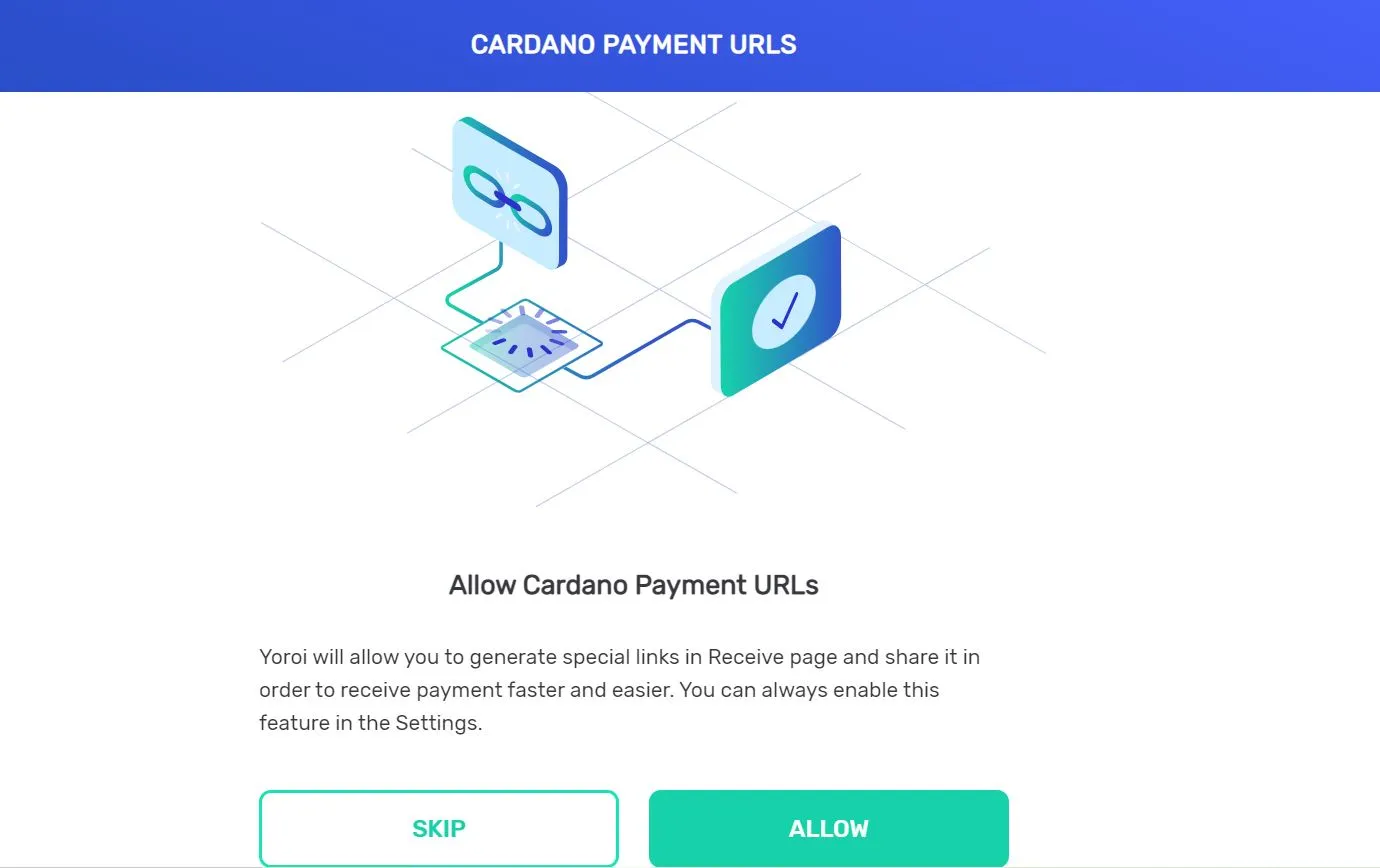
Step 3: Connect wallet/ transfer ADA to Yoroi.
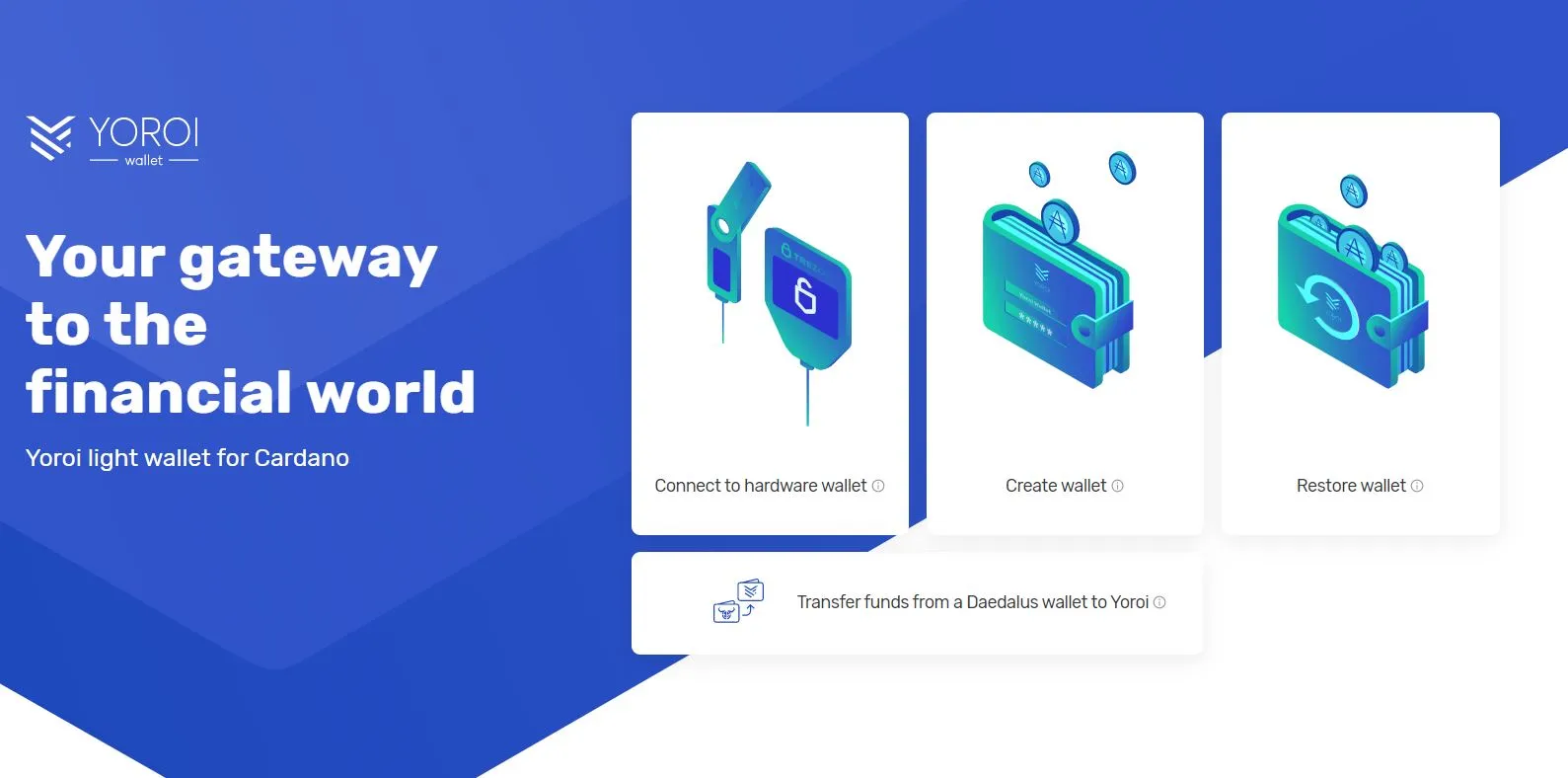
You will have to transfer funds from a Daedalus wallet to get started. Choose from one of the options.
If you have no funds, choose Create a wallet. Choose Cardano when asked.
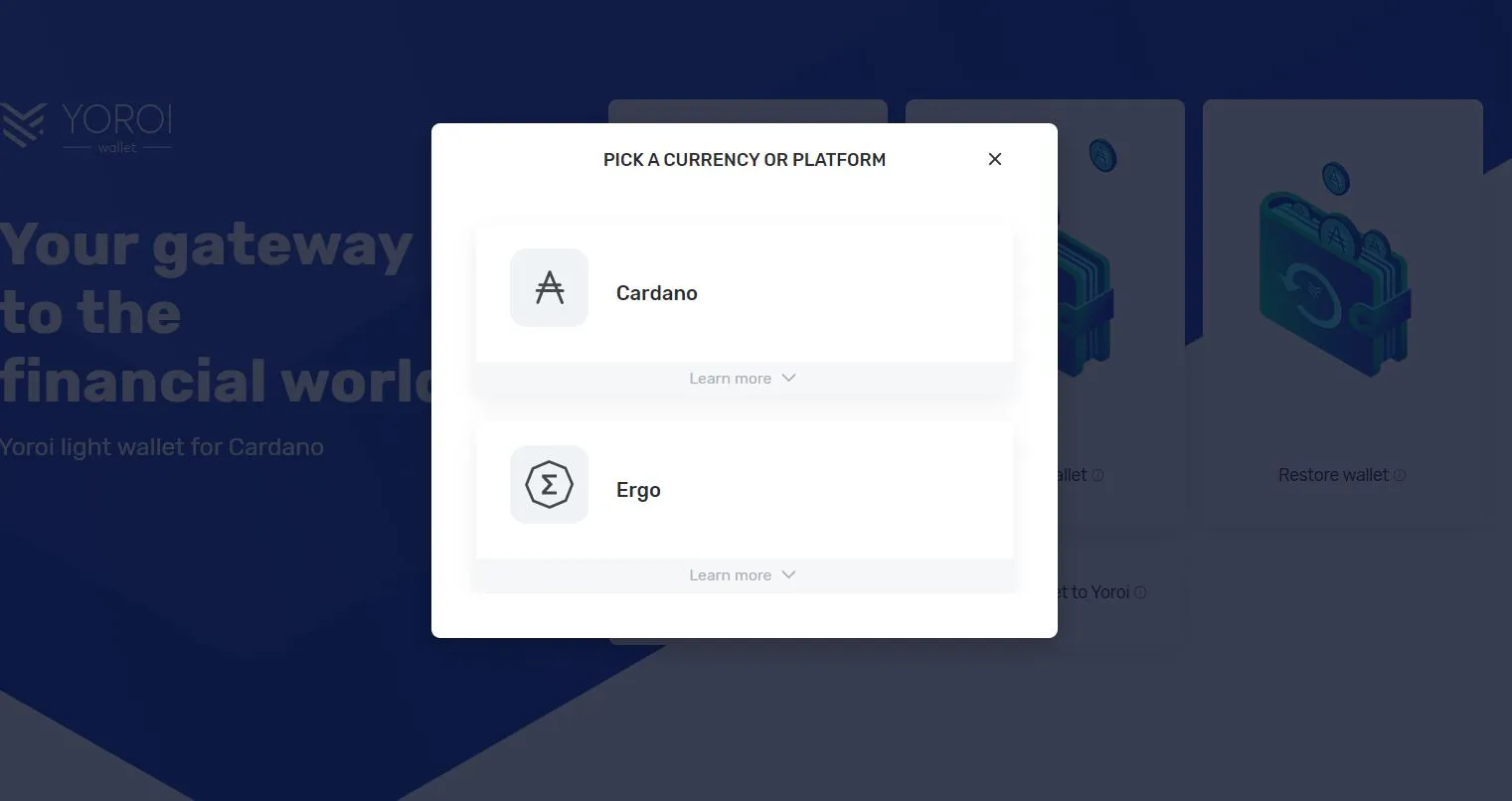
Click “Create Wallet”, not paper wallet.
Next, name your wallet. This is purely for easy identification.
Next, set a spending password. Click “Create Wallet”. Write down your wallet backup phrase. You’ll need this 15-word recovery phrase to restore your wallet, in case you want to access it from a different device.
You cannot copy the recovery phrase. Write it down using a pen and paper. Next, choose the words in the correct order to create your wallet.
Next, you will be taken to your dashboard, where you will find the “Receive” tab and instructions on how to add ADA funds.
After you add funds, you can stake cardano by choosing one of the staking pools from “Delegation list”.
Now that you know all about how Cardano’s staking pools work, you can choose a particular pool.
Each pool has an operation fee, which varies between pools. After delegation, you will be eligible to start collecting rewards. There’s a waiting time of 20 days for approval after you first start delegating. This is to prevent spamming. After approval, you earn ADA every five days.
There is another network fee that must be paid each time upon claiming. It may be better to wait longer before doing so.
Staking cardano on Daedalus wallet
Daedalus is a desktop wallet created by IOHK that runs on Windows, macOS, and Linux. This is a full node wallet, for those who want to become a staking pool operator or to create a node on the network. The wallet is more suitable for knowledgeable users.
Similar to the Yoroi wallet, you will have to install the Daedalus wallet on your device. The steps are similar to the Yoroi wallet. Make sure to securely store your seed passphrase, which you will need to recover your wallet in the future, in case something happens to your device.
Step 1: Install Daedalus wallet on your device
Make sure to download the legitimate wallet from the official Daedalus website. Set your preferred setting and accept the terms of service.
Step 2: Create or restore a wallet
You can create, pair, restore, or import a wallet in Daedalus.
Assuming you don’t have a Daedalus wallet, let’s create one by clicking on “Create.”
Here you have to set your wallet’s name and a spending password, to keep your wallet secure.
Next, you will be given a 24-word recovery phrase, which is the only thing you will need if you need to recover your wallet.
After you write down your phrase, you will be prompted to write the recovery phrase to ensure that you can regain access to your wallet.
After you confirm the importance of the recovery phrase, you will be taken to the Daedalus’s wallet dashboard. Here, you will also find the “Receive” tab, which informs you on how to transfer ADA funds to your new wallet.
After the wallet is synchronized with the Cardano blockchain, the stake pools become visible to you, and you can start staking cardano using the Daedalus wallet. Note that the synchronization process can take a while.
Staking cardano on Binance
Cardano can be staked on Binance, Bittrex, KuCoin, and Kraken. When staking cardano directly on a cryptocurrency exchange, the exchange is the staking pool and gives users the rewards directly in their exchange wallet.
Unlike staking using a crypto wallet, users who choose to stake cardano using a crypto exchange cannot stake ADA on multiple staking pools.
You will need to have ADA in your Binance account before you can start staking cardano.
Step 1: Go to Binance Staking pools.
You will need to go to Binance Staking and search for ADA.
Click “Stake now” and choose how much you would like to stake and set all the other options, such as staking duration (30, 60, or 90 days), check the terms and conditions checkbox, and confirm the action. Your rewards will be ready to claim after the staking duration has ended.
It’s worth noting that crypto exchanges have a lower APY rate than crypto wallets.
Earning passive income through staking
Is staking cardano easy, and can it help you earn a passive income? Absolutely. Staking crypto and especially staking cardano has never been easier and safer. Staking is easy to do even for beginners, and it can generate income the same way banks grant you an interest.





